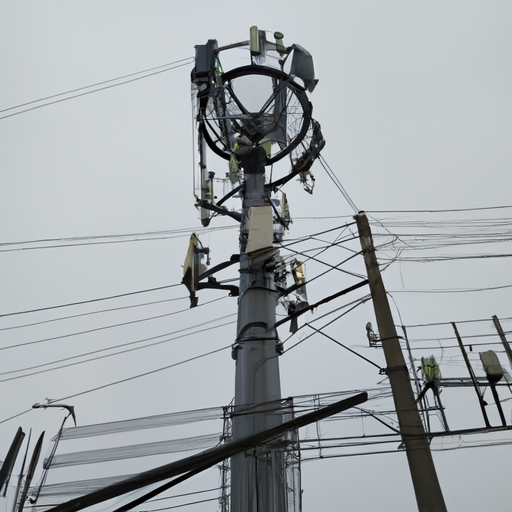

Wireless charging coil is a technology that uses electromagnetic induction to achieve wireless charging. It consists of a transmitting coil and a receiving coil, which transfer energy by establishing an electromagnetic field between the two coils. When the transmitting coil is energized, an alternating magnetic field is generated, which passes through the air or other medium, inducing a current in the receiving coil, thereby achieving energy transfer.

1. Electromagnetic induction principle: According to Faraday's law of electromagnetic induction, when a conductor moves in a magnetic field or the intensity of the magnetic field changes, an induced electromotive force is generated in the conductor. Wireless charging coils utilize this principle by generating an alternating magnetic field in the transmitting coil through induction, inducing an induced current in the receiving coil, thereby achieving energy transfer.
2. Resonance principle: In order to improve energy transfer efficiency, wireless charging coils typically use resonance technology. Resonance refers to the highest energy transfer efficiency when the resonance frequency of the transmitting coil and the receiving coil are the same. By adjusting the inductance and capacitance of the coils to operate near the resonance frequency, energy transfer efficiency can be effectively improved.
3. Distance and direction adjustment: The working distance of wireless charging coils is usually between a few centimeters to several tens of centimeters, and a too far distance will result in a decrease in energy transfer efficiency. Therefore, it is necessary to adjust the position and direction of the coils to maintain the best energy transfer effect. Additionally, the relative position and direction between the coils need to be considered to ensure the stability and safety of energy transfer.
4. Safety and efficiency: During the energy transfer process of wireless charging coils, a certain amount of heat and electromagnetic radiation is generated. Therefore, measures need to be taken to ensure the safety and efficiency of energy transfer. For example, limiting the maximum power and temperature to prevent overheating, and reducing the impact of electromagnetic radiation on the human body through shielding and filtering.
In summary, wireless charging coils are a technology that achieves wireless energy transfer using the principle of electromagnetic induction. Through resonance technology and distance adjustment, efficient and safe energy transfer can be achieved. With the continuous development of wireless charging technology, wireless charging coils will be widely used in various applications, bringing more convenience and comfort to people's lives.
Wireless charging coil is a technology that uses electromagnetic induction to achieve wireless charging. It consists of a transmitting coil and a receiving coil, which transfer energy by establishing an electromagnetic field between the two coils. When the transmitting coil is energized, an alternating magnetic field is generated, which passes through the air or other medium, inducing a current in the receiving coil, thereby achieving energy transfer.

1. Electromagnetic induction principle: According to Faraday's law of electromagnetic induction, when a conductor moves in a magnetic field or the intensity of the magnetic field changes, an induced electromotive force is generated in the conductor. Wireless charging coils utilize this principle by generating an alternating magnetic field in the transmitting coil through induction, inducing an induced current in the receiving coil, thereby achieving energy transfer.
2. Resonance principle: In order to improve energy transfer efficiency, wireless charging coils typically use resonance technology. Resonance refers to the highest energy transfer efficiency when the resonance frequency of the transmitting coil and the receiving coil are the same. By adjusting the inductance and capacitance of the coils to operate near the resonance frequency, energy transfer efficiency can be effectively improved.
3. Distance and direction adjustment: The working distance of wireless charging coils is usually between a few centimeters to several tens of centimeters, and a too far distance will result in a decrease in energy transfer efficiency. Therefore, it is necessary to adjust the position and direction of the coils to maintain the best energy transfer effect. Additionally, the relative position and direction between the coils need to be considered to ensure the stability and safety of energy transfer.
4. Safety and efficiency: During the energy transfer process of wireless charging coils, a certain amount of heat and electromagnetic radiation is generated. Therefore, measures need to be taken to ensure the safety and efficiency of energy transfer. For example, limiting the maximum power and temperature to prevent overheating, and reducing the impact of electromagnetic radiation on the human body through shielding and filtering.
In summary, wireless charging coils are a technology that achieves wireless energy transfer using the principle of electromagnetic induction. Through resonance technology and distance adjustment, efficient and safe energy transfer can be achieved. With the continuous development of wireless charging technology, wireless charging coils will be widely used in various applications, bringing more convenience and comfort to people's lives.